UK Government Propose New Broadband Investment Fund for Altnet ISPs
The Chancellor of the United Kingdom, George Osborne, has today given his Autumn Statement 2015 (Spending Review) and unfortunately there wasn’t much in terms of new support for broadband and mobile infrastructure, but we did get word of a new investment fund for alternative network ISPs.
At present the existing Broadband Delivery UK programme and related projects, which are overseen by the Secretary of State for Culture (John Whittingdale) and the Digital Economy Minister (Ed Vaizey), aim to make fixed line superfast broadband services available to 95% of the population by 2017/18 (rises to 99% by 2018 when you include wireless / mobile solutions).
The target first involves pushing related services out to 90% of UK premises “by 2016” (supported by £530m from BDUK) and another £250m was later allocated to raise that target to 95% under the Superfast Extension Programme (details). Extra match-funding has also come from local authorities, the EU, UK Growth Deals and the private sector (e.g. BT).
However we should remind readers that the first 70% or so of coverage has already been largely tackled through commercial investment (BT and Virgin Media etc.), which means that state aid gobbling projects have tended to focus more on the final third (30%).
On top of all that it was revealed earlier this month that the Government would also work to introduce a national minimum broadband speed of 10Mbps (Megabits per second) via an update to Ofcom’s Universal Service Obligation (here), which unlike existing commitments is legally-binding. BT has also said that they’d be able to support this (here).
As such we had been hoping that today might reveal more about the Government’s strategy for BDUK’s Phase 3, which is intended to help improve connectivity for those in the final 5%. Unfortunately we didn’t quite get that, but there was this little bit of new information.
Extract from the 2015 Spending Review (Autumn Statement)
Improving competition
1.222 Competition between broadband providers supports the delivery of the fast and reliable broadband a modern, productive economy needs. Innovative approaches to supporting the market will help deliver ultrafast speeds to nearly all premises. The government will explore setting up a new broadband investment fund, to support the growth of alternative network developers by providing greater access to finance. The fund would be supported by both public and private investors, and would be managed by the private sector on a commercial basis.
Long-term investment
2.103 Up to £550 million will be invested over the Parliament to make the 700Mhz spectrum band available for mobile broadband use. The government will complete the £1.7 billion investment into the superfast broadband programme to ensure it is available to 95% of premises by 2017.
2.104 To ensure the benefits of digital communications infrastructures are felt across the economy and translated into productivity gains, the government will publish a Digital Transformation Plan in early 2016.
The South West
1.265 The government is also investing £10 million in better broadband infrastructure for the South West.
Curiously there was no mention in today’s document of the recently announced 10Mbps broadband USO or the subsidy for Satellite services (applicable to the final 1-2% of premises), although that may be because they’ve already discussed them on numerous occasions (see the above Budget 2015 link).
The remarks about £10m for broadband in the South West and “up to” £550m to help free 700MHz for Mobile Broadband (note: it use to be “up to” £600m) were both mentioned in the prior Emergency Summer 2015 Budget and so we can skip past those too.
As such the only piece of interest left is this talk of a new Broadband Investment Fund, which will probably be informed by the Government’s £10m Innovation Fund that continues to pilot 7 projects to “test innovative solutions to deliver superfast broadband services to the most difficult to reach areas” (i.e. the final and predominantly rural 5%).
Various fixed wireless, fibre optic and subsidised Satellite solutions have been tested as part of the above fund, which involves alternative network providers instead of the big boys like BT. Our impression from today’s announcement is that altnet ISPs will be getting more support in the future, but the details remain wafer thin.
Otherwise the vast majority of BDUK funding, which has been matched by local authorities and the private sector (total public investment of around £1.7bn), has so far also gone towards BT after the operator was able to pick-up nearly all of the related contracts (they’ve often been the only bidder). BT has been predominantly deploying their ‘up to’ 80Mbps capable FTTC (VDSL) technology and some other solutions (FTTP, FTTrN etc.).
Recently several smaller ISPs have also won BDUK Phase 2 contracts (e.g. Gigaclear, AB Internet and Airband), but they’re in the minority and it’s hoped that BDUK Phase 3 may change that. But catering for the final 5% is often disproportionately expensive, not least due to its focus on smaller villages and other complex infrastructure challenges, which makes it very difficult to deliver a reasonable return on any investment.
The Size of the Final 5% (c1.5 Million Premises) – BDUK Data
* Approximately 20% of the unserved areas are likely to be in areas with greater than 2,000 premises per km2, however the majority of these are in cities where BDUK’s current approach is to stimulate the market through demand-side measures.
* Approximately 20% of the unserved areas are likely to be in areas with population density between 500 and 2,000 premises per km2; and
* Approximately 60% of the unserved areas are likely to be in areas with population density below 500 premises per km2.
At this point it’s worth noting that the original date for completion of the first 90% target was actually around spring 2015, although it was later adjusted to the ambiguous “by 2016” (this goal will probably be hit in early 2016). Similarly BT has previously hinted that the second 95% target (extension) might not actually be achieved until 2018. The project is thus running roughly one year behind the original schedule, but most of that relates to earlier administrative delays.
Mark is a professional technology writer, IT consultant and computer engineer from Dorset (England), he also founded ISPreview in 1999 and enjoys analysing the latest telecoms and broadband developments. Find me on X (Twitter), Mastodon, Facebook and Linkedin.
« Li-Fi LED Light Network Delivers 1GBps Speeds in Commercial Pilot
Latest UK ISP News
- FTTP (5511)
- BT (3514)
- Politics (2535)
- Openreach (2296)
- Business (2260)
- Building Digital UK (2243)
- FTTC (2042)
- Mobile Broadband (1972)
- Statistics (1788)
- 4G (1663)
- Virgin Media (1619)
- Ofcom Regulation (1460)
- Fibre Optic (1393)
- Wireless Internet (1389)
- FTTH (1381)

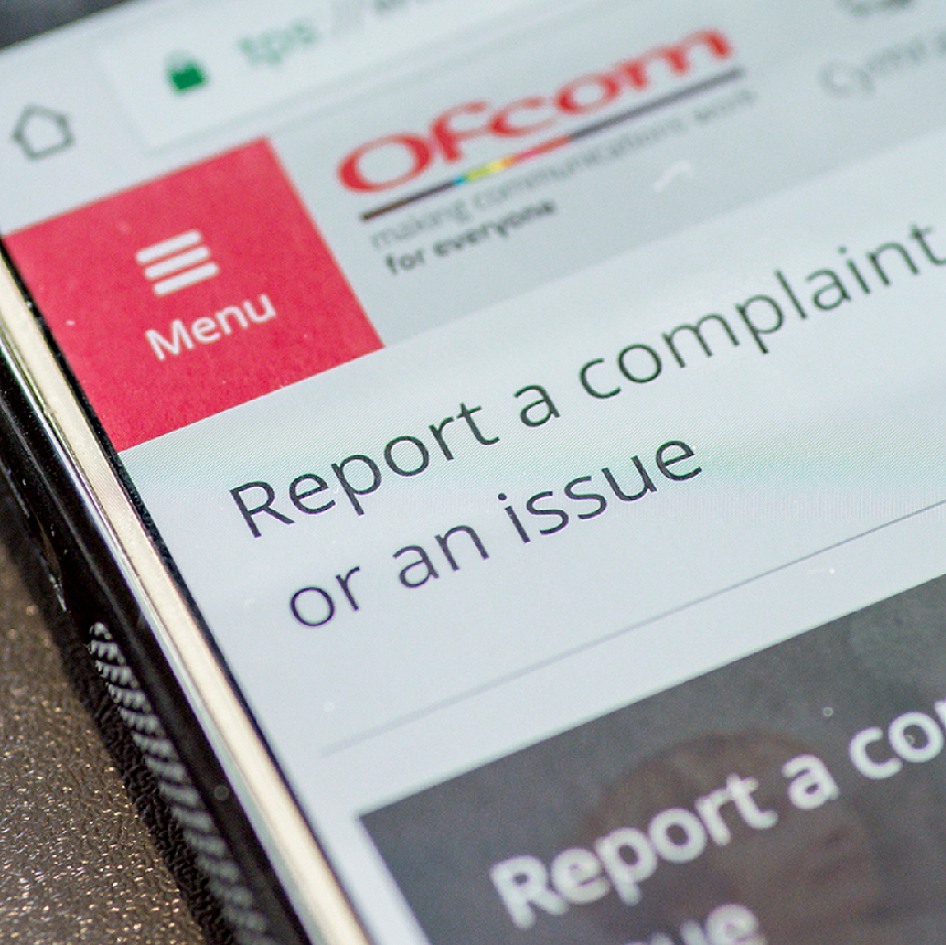

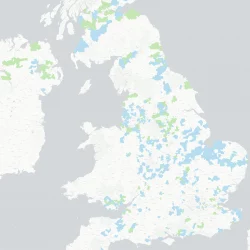

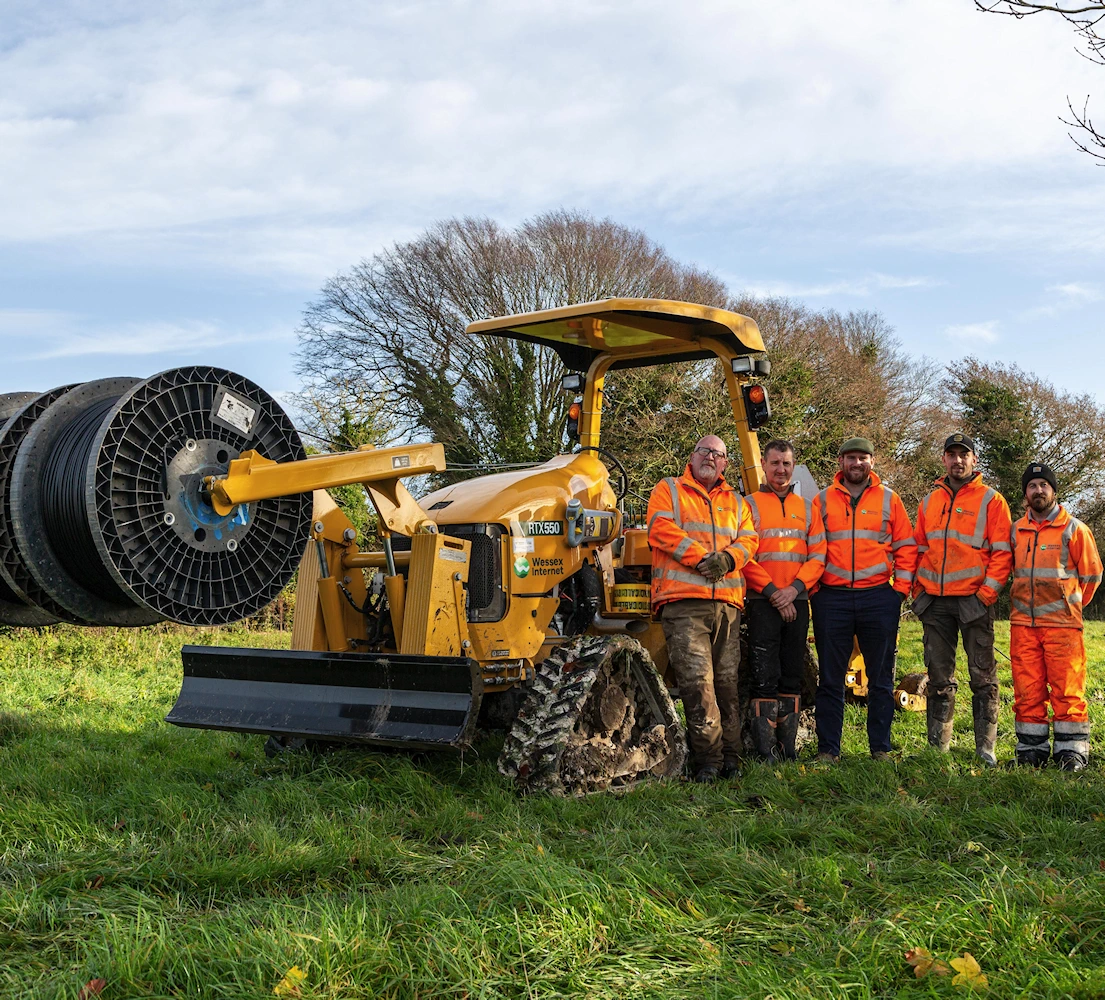












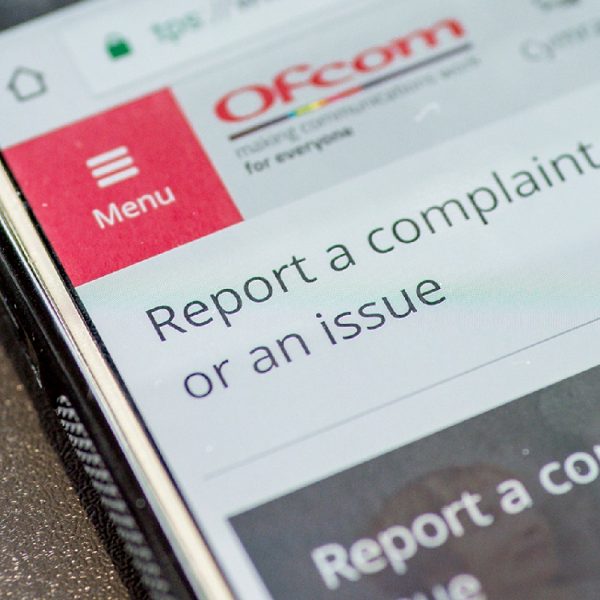

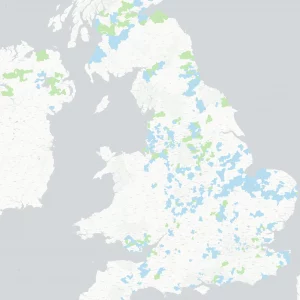



































Comments are closed